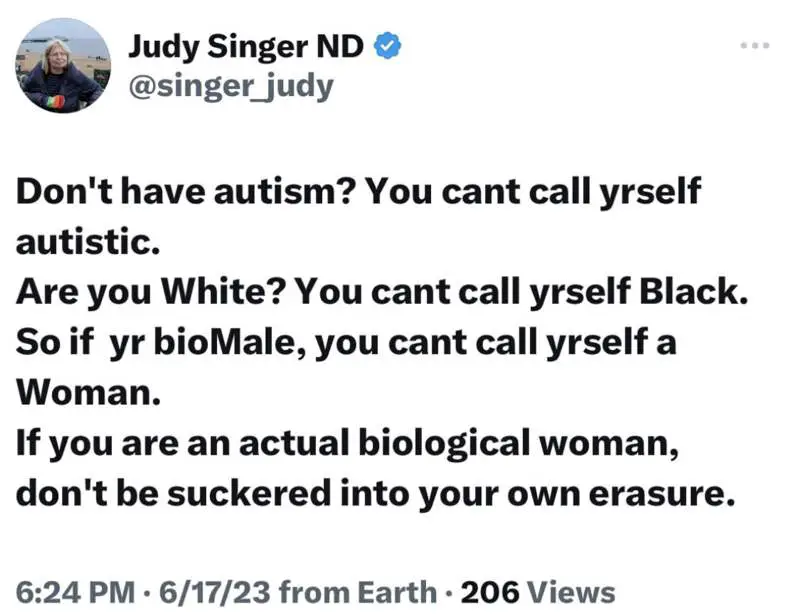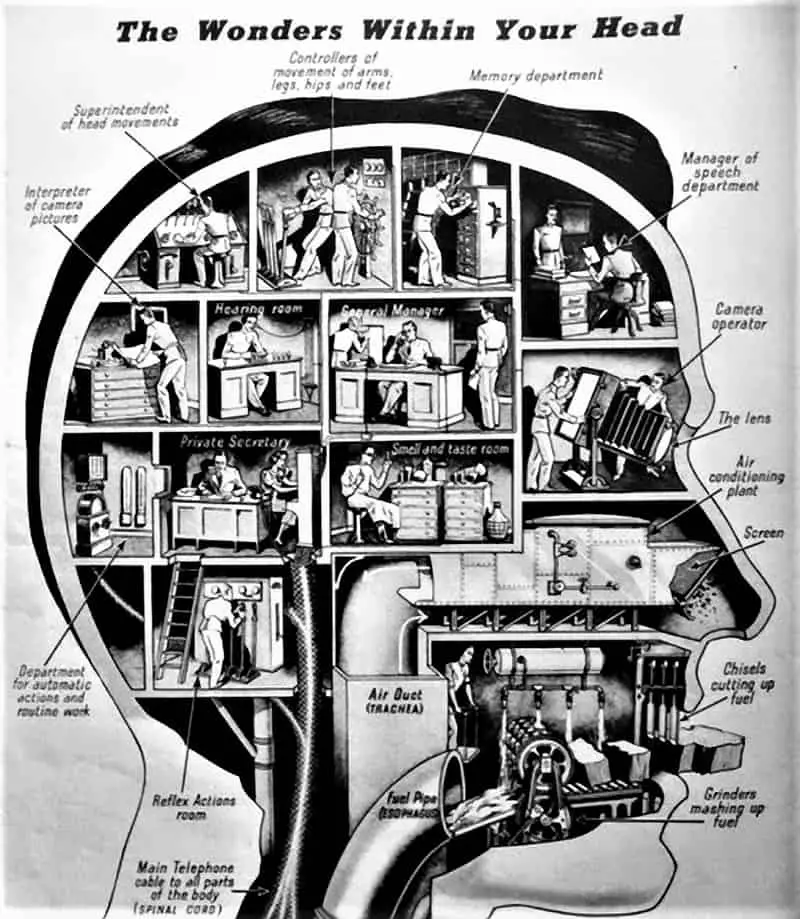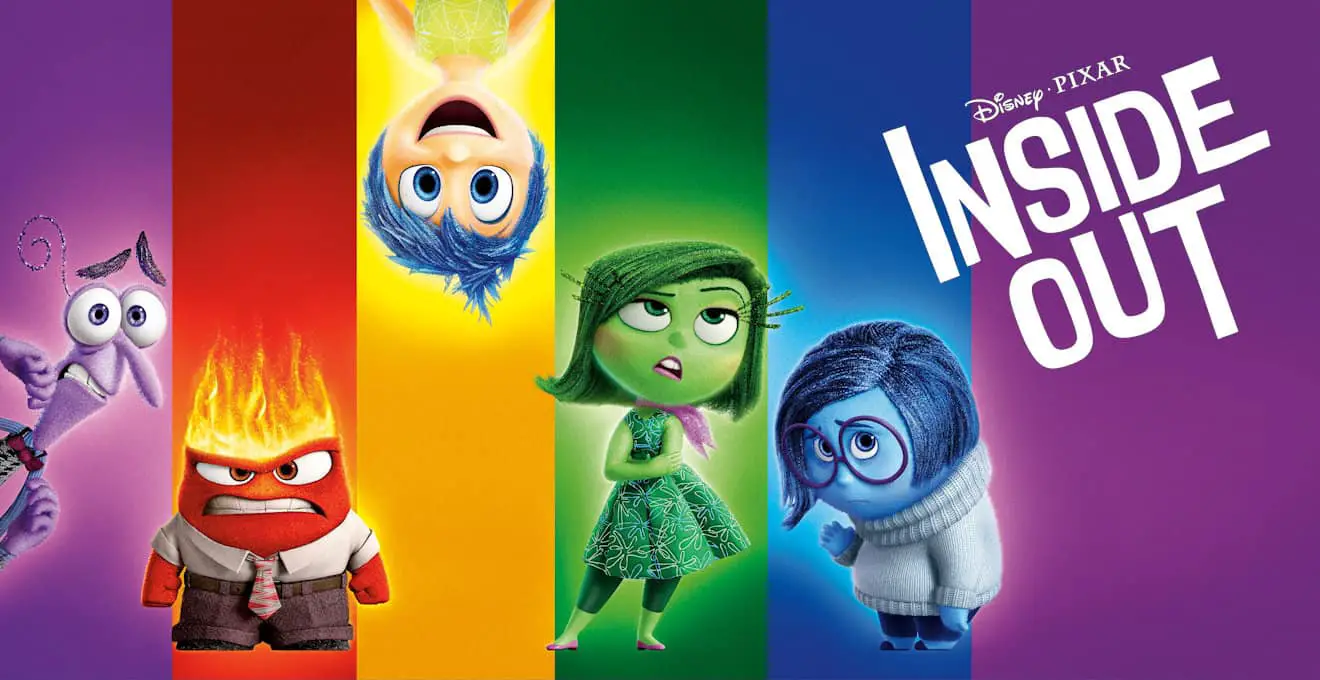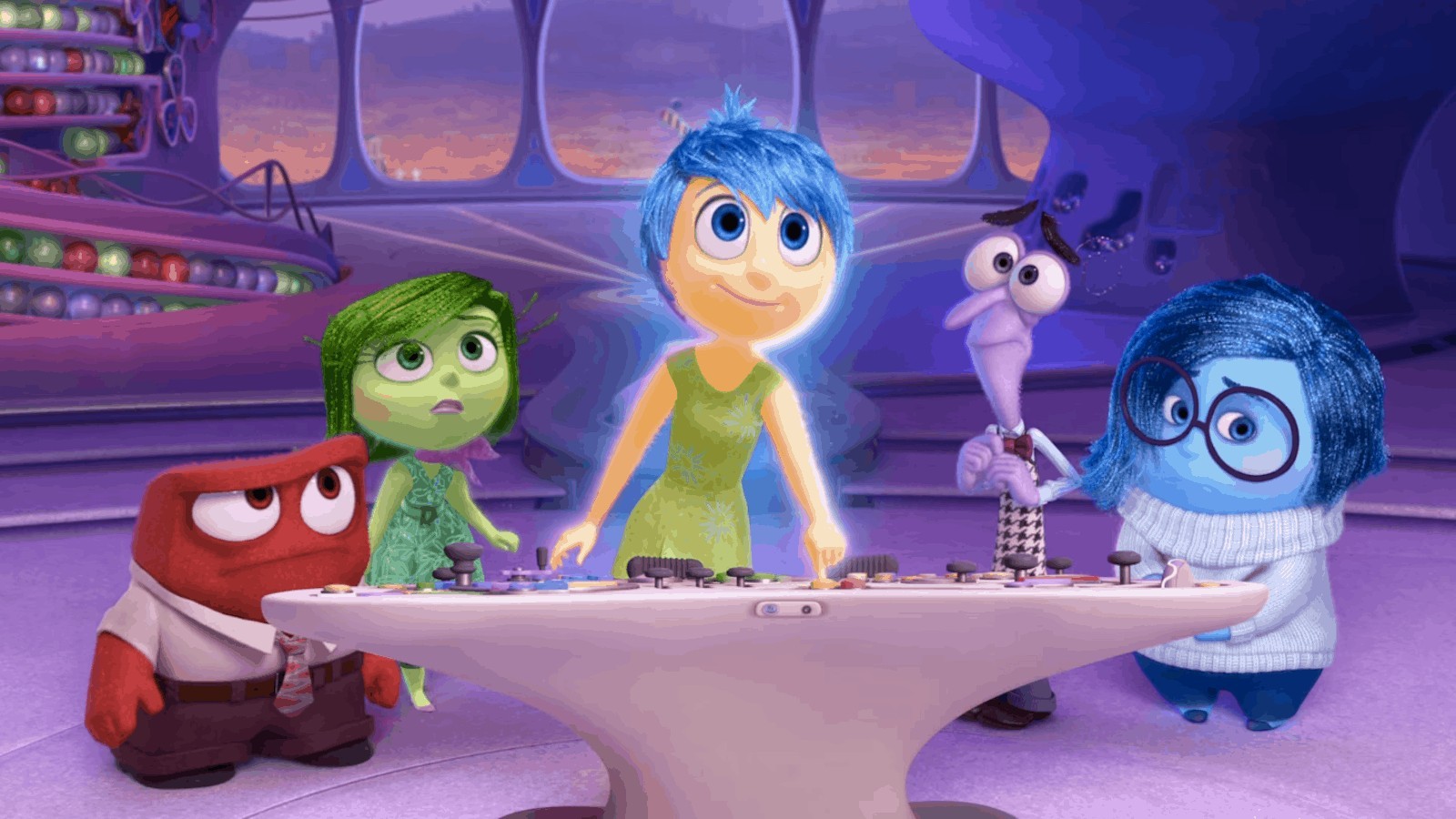Inside Out is a 2015 Disney Pixar animated film for children. This is one of Pixar’s most popular. Inside Out is therefore fascinating from a writing point of view because it an example of the battle-free myth form, which we haven’t seen much of until recently.
This one is also a pedagogically useful film. Occupational therapists are using it with young neurodiverse clients.
Neurodiversity
The term neurodiversity is generally attributed to Australian Judy Singer and refers to the range of differences in individual brain function and behavioural traits, regarded as part of normal variation in the human population (used especially in the context of autism).

hugely disappointing to see the person attributed with first coining “neurodiversity” sharing such hateful and transphobic messages. you can not be an advocate for one marginalised community without supporting and advocating for ALL marginalised people.
the only way to successfully advocate for autistic people is by advocating for the WHOLE autistic community – which includes trans folks and people of colour. identities don’t exist in a vacuum!
@elliemidds
However, the first to use the term ‘neurodiversity’ in print was Harold Blume. Singer mentions this in her own book (page 17). I’ll be attributing the word to him from now on, unless it is later discovered that he is also a terf.

Inside Out And Neurodiversity
All children must learn at some stage how to recognise and name their own emotions. This is harder for some than others. Even among the neurotypical population, a surprisingly large number of people have difficulty identifying how they feel.

Therapists who work with neurodiverse kids love Inside Out. My ADHD child’s occupational therapist recommended I re-watch this film with them and discuss the emotions according to a program called “The Zones Of Regulation”. These zones are designed to be a non-threatening, non-judgmental way of describing states of mind:
Blue Zone
Describes a low state of alertness. The Blue Zone is used to describe when one feels sad, tired, sick, or bored.
Green Zone
The ideal state of alertness. A person may be calm, happy, focused, or content when they are in the Green Zone. They feel a strong sense of internal control.
Yellow Zone
A heightened state of alertness. A person may be experiencing stress, frustration, anxiety, excitement, silliness, or fear when in the Yellow Zone. Their energy is elevated yet he or she feels some sense of internal control in the Yellow Zone.
Red Zone
An extremely heightened state of alertness. People experience anger, rage, explosive behaviour, panic, extreme grief, terror, or elation when in the Red Zone. They feel a loss of control.
Characters Of Inside Out
How do the characters map onto The Zones Of Regulation?
Blue Zone
Sadness is obvious, because Sadness is literally blue.
Green Zone
This is Joy when she is focused on solving a problem. Confusingly, Joy has blue hair. Conveniently, Joy’s dress is green.
Yellow Zone
This is Joy when she is jumping up and down with glee. This is also Disgust, who is coded green in Inside Out. Fear, coded purple in the film, also goes into the yellow zone.
Red Zone
Anger is literally red. But as the neurodiverse population knows well, there’s more to heightened emotions than anger. My AD/HD kid is frequently in this zone when she is elated, e.g. at the school disco.
Two Main Characters In A Hollywood Film
Though common in novels, it is unusual in Hollywood to have two main characters. The safest, most financially successful Hollywood blockbuster has a single main character and audiences follow throughout the film.
Who are the two main characters of this film?
- The main character of the real world thread: Riley
- The main character of the fantasy world inside the little girl’s head: Joy
In some stories a character tells a story about someone else. In this case there’s a main character of each thread. For instance, in Million Dollar Baby, the Clint Eastwood character is the star of the main story, but Morgan Freeman is the star of the narrated, metadiegetic level of the story. (Note: Hillary Swank is not the main character of either thread. She exists as a tool for the narrative arc of the men.)

Story Structure Of Inside Out
Inside Out offers two full stories running parallel to each other, intersecting. Stories like these demonstrate why the concept of ‘subplot‘ isn’t useful. Each thread is its own full story, and one would not satisfy without the other.
Two storylines with two separate main characters mean two separate desires. These two different but intersecting stories interweave. So it appears to the audience that there is a single storyline.
What Makes This A ‘Female Myth’ Story?
First, take a look at the traditional mythic structure. (When I say ‘traditional’, I only mean the last 3000 years. Battle-free myths prevailed before that.)
Now take a look at battle-free mythic structure.
It’s not the gender of the main character which determines whether a story is mythically male or female. Though I did notice the gender-neutral name of Riley. Riley is not strongly femme coded . If animators changed character design and nothing else, Riley would make for an equally believable boy. That said, most main characters of male myths are masculo-coded, and vice versa.
WHAT IS A BATTLE-FREE MYTH?
A battle-free (feminine) myth is partly about what is not in the narrative.
What is ‘missing’ from a battle-free myth? In a ‘normal’ (expected) story the writer aims for the strongest opponent possible. This creates the greatest amount of conflict. That’s not how a battle-free myth works. In a battle-free myth there is no physical conflict with the big monster type of opponent.
Sure enough, the plot during the middle of Inside Out lags a little. Each time I’ve watched Inside Out, I’ve fallen asleep on the couch, just after the midway point. (My kid didn’t. For kids, the amazing spectacle of hijinks inside the brain sustains their attention.)
CHALLENGES FOR THE BATTLE-FREE MYTH
Perhaps battle-free myth stories should be shorter than your average male myth story. But will audiences buy a ticket to something that lasts one hour, or one-hour-ten? If the battle-free myth form is to exist equally among the corpus of entertainment available, the entire structure of Hollywood probably needs to change first.
That said, audiences are eager to see this kind of story. The battle-free myth is very new to a modern audience, and writers should be hyperaware that they’re about to foil expectations. Battle-free myths need to be better written, more engaging and probably have higher budgets than run-of-the-mill male masculine forms of myth in order to compete.
Theme And Ideology Of Inside Out
What’s the difference between the premise and the reason for writing?
PREMISE
After moving interstate, a girl learns to live with some difficult emotions for the first time in her life.
I imagine the writers wanted to do something like this:
Show it’s impossible to be joyful all the time. Do this by creating two side-by-side plots, with one thread taking place in a realistic modern day San Francisco, and another fantasy world inside one girl’s head. Express these homanculi-ed characters as major human emotions. In an outtake sequence, show that everybody has the same range of emotions inside their heads, too.
GOOD-EVIL BINARY
Inside Out evinces a modern view of psychology. While fairy tales gave us a good/evil binary, later stories kept the binary but attributed evil to ‘possession’ or child abuse.
Last century gave us stories like The Iron Giant. In order for that story to work, the author first set up a binary of good versus evil. Ted Hughes’s story is typical of its era: The Iron Giant was designed with evil intent, but in the end he chooses to use his powers for good.
That accounts for the Superman references sprinkled throughout The Iron Giant. Superman is the archetypal ‘Use your powers for good’ character. (The much later, 1999 film adaptation of The Iron Giant winks to the audience on this point, by creating a character who wears a yin yang dressing gown.)
INSIDE OUT AND THE IDEA OF THE SINGLE SELF
The modern (Modernist) view of human psychology is that there is no single ‘self’. We are all capable of being many things, depending on the time and place. Moreover, these emotions are not inherently ‘good’ or inherently ‘bad’. Like the psychologists who have come up with therapies for neurodiverse kids, Pixar’s Inside Out steers clear of value judgement.
[Inside Out] also reflects some of the most important truths about what it means to be an individual person.
The first of these is that there isn’t actually a single, unified you at all. Your brain is not a little world full of anthropomorphic creatures, of course. But it is made up of various different, often competing impulses. You are simply how it all comes together, the sum of your psychic parts.
This, however, is just the first crack at the myth of the enduring, unified self. What the film also shows is that each of these parts is impermanent. Riley’s personality is represented by a series of islands that reflect what matters most to her: friendship, honesty, family, goofiness and hockey. But as life becomes difficult, each of these in turns threatens to crumble. And that is how it is in the real world: as we grow and change and life takes it toll, some of the things that matter most to us will endure, others will fall away and new ones will come in their place.
Julian Baggini, The Guardian

